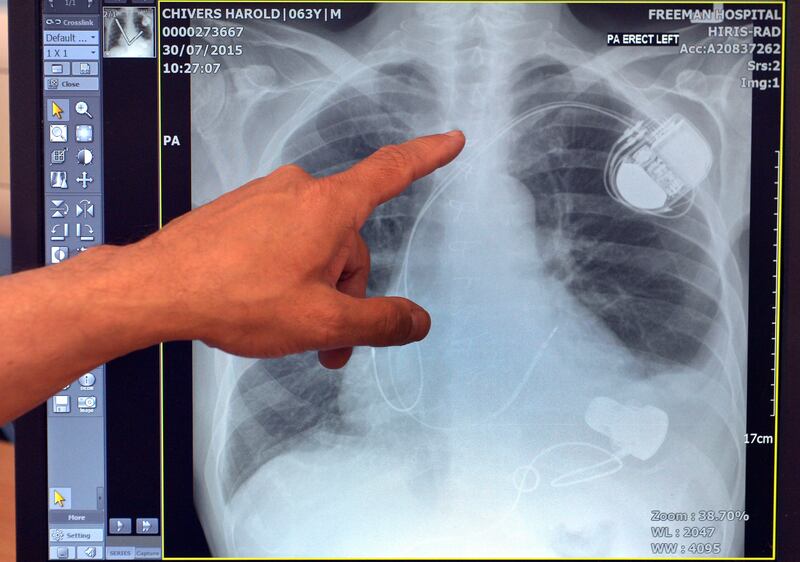The Middle East and North Africa region has documented the largest increase in HIV infections, rising by 31 per cent in the past two decades, a report from pharmaceutical company AstraZeneca said.
Referring to figures collated by Unaids, the report — titled The Forgotten Millions: Mapping Immunocompromised Patients in the Middle East and North Africa — said 180,000 people in the region were living with HIV/Aids last year.
“The Mena region is one of a few global regions seeing a rapid increase in HIV infections, with a 31 per cent increase since 2001,” the report said.
"In fact, it has seen the highest documented increase compared to all regions in the world in this period."
It also found that diabetes and cancer account for as much as a third of the current disease burden in the Middle East and North Africa.
The report, the first of its kind, mapped people living with compromised immune systems — who are at a higher risk of developing complications from Covid-19 — in the region.
“There is a lack of comprehensive data on these populations in the Middle East and North Africa region, where incidence of some of these conditions might be much higher than the global average,” Dr Viraj Rajadhyaksha, AstraZeneca area medical director for the Middle East and Africa, told a webinar launching the report.
He said the report advocated strategies that protected high-risk people during the Covid-19 pandemic and would continue to do so.
“These strategies would include supporting governments to collect more data on vulnerable groups, involving people and populations and communities in the Middle East and North Africa region in more studies to maximise the availability of real-world evidence, and updating our regional and local guidance so that healthcare workers present patients with a clear set of options,” said Dr Rajadhyaksha.
He said the immune systems of high-risk patients had less capability of fighting off infections.
"They might be unable to respond as effectively to vaccines, leaving them often vulnerable to severe disease," he added.
During the Covid-19 pandemic, high-risk people had to take increased safety measures to protect themselves from the virus — including stricter forms of self-isolation.
"We need to focus on people living with these conditions, non communicable diseases ... the Mena region has very high and growing rates of non-communicable disease and chronic conditions," said Dr Ibtihal Fadhil, president and founder of the Eastern Mediterranean Non-Communicable Diseases Alliance.
The report said more than a million people were living with cancer — the fourth-biggest killer — with bladder, colorectal, liver and lung the most common.
“Countries in the region show a disturbing rise in the number of cancer patients, with long-term projections of a nearly two-fold increase cancer incidence by 2030,” the report said.
“As a result, Mena is also projected to experience a significant increase in cancer deaths in the coming decades.”
About 8.1 per cent of the region's population — more than 70 million people — have diabetes, the highest proportion in the world.
The highest rates for the disease were in Kuwait (24.9 per cent of the population), Egypt (20.9 per cent) and Qatar (19.5 per cent).
Those with weak immune systems were heavily affected during the Covid-19 pandemic and researchers highlighted a lack of comprehensive data on the immunocompromised in Mena, “leaving millions of people across the region vulnerable and disrupting efforts to end the pandemic”.
The report points out that while Covid-19 is seemingly under control in most parts of the world, for those "who do not mount an optimal immune response to vaccination, the pandemic continues".
The writers urged policymakers to “accelerate the collection of centralised data on high-risk groups, including the creation of national registries, in order to better map the scale and spread of vulnerable population, prioritising those at highest risk”.











